Olivia Erlanger spends the day in East London with Elephant writer Olivia Allen (and her Chihuahua Plum). The pair visit Olivia’s current exhibition, Fan Fiction, at Soft Opening, explore the spooky hallows of the Museum of the Home, and finally touch grass at Hackney City Farm. Photographed by Saffron Liberty.
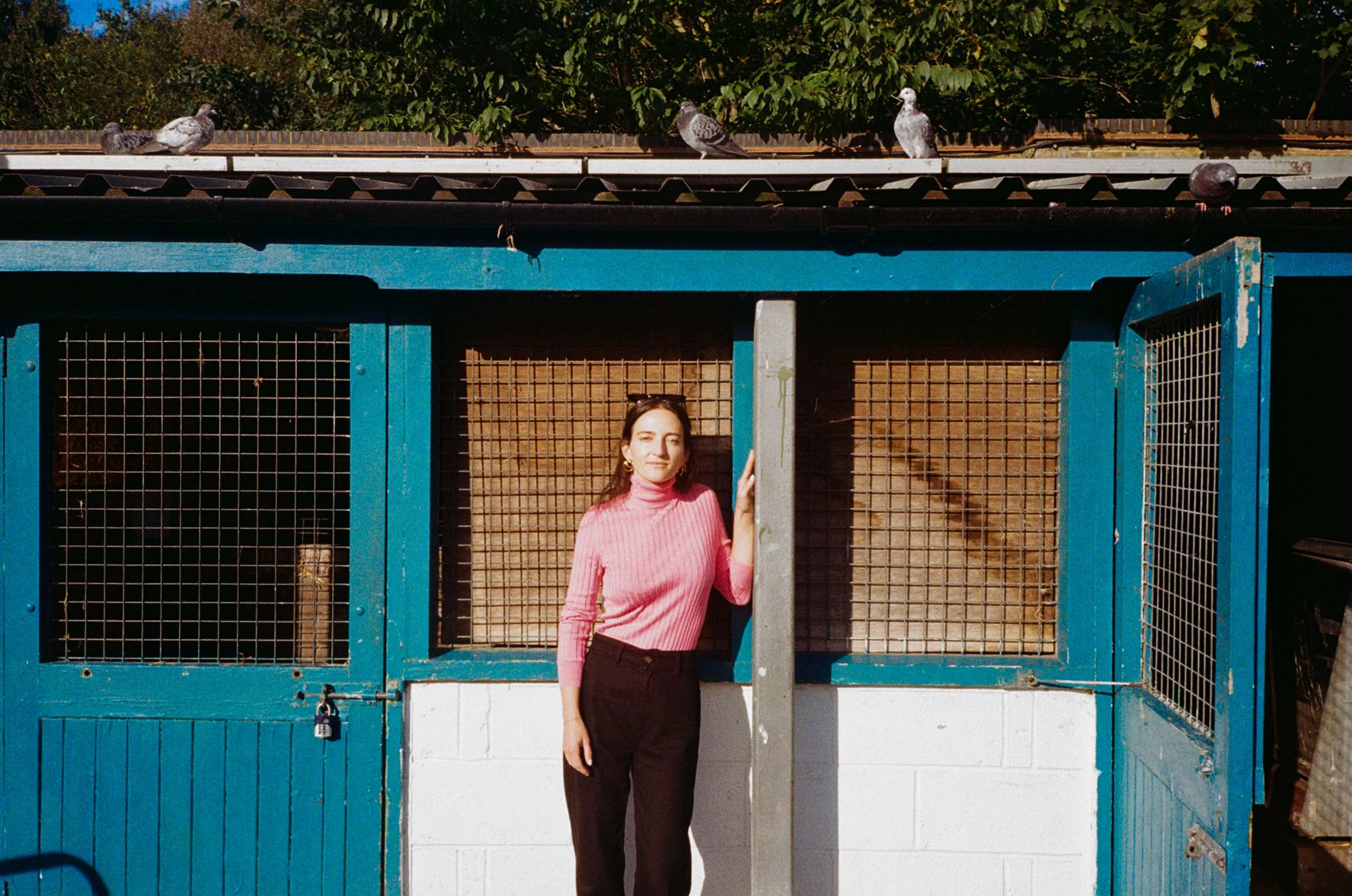
Nestled in the streets of East London, the surreal and the familiar converge at Soft Opening, where Olivia Erlanger’s exhibition Fan Fiction explores the unsettling undercurrents of suburbia and poses the question, “Are my appliances trying to kill me?” Upon entering the gallery, the electric whir of ceiling fans is both comforting and disconcerting, with an eerie hum that feels anticipatory, like the beginning of a horror film or an unnervingly empty office. Yet, there is a certain charm and playfulness to the quartet of ceiling fans, whose blades have morphed into butterfly wings—each a zoomorphic twist on the readymade. These sculptures, adorned with pastel hues and whimsical details, are both captivating and menacing, suggesting that not everything is as it seems in Erlanger’s world of domestic bliss. As Olivia herself notes, “In a world of perfect appliances, there’s a lurking danger behind every comforting hum.”
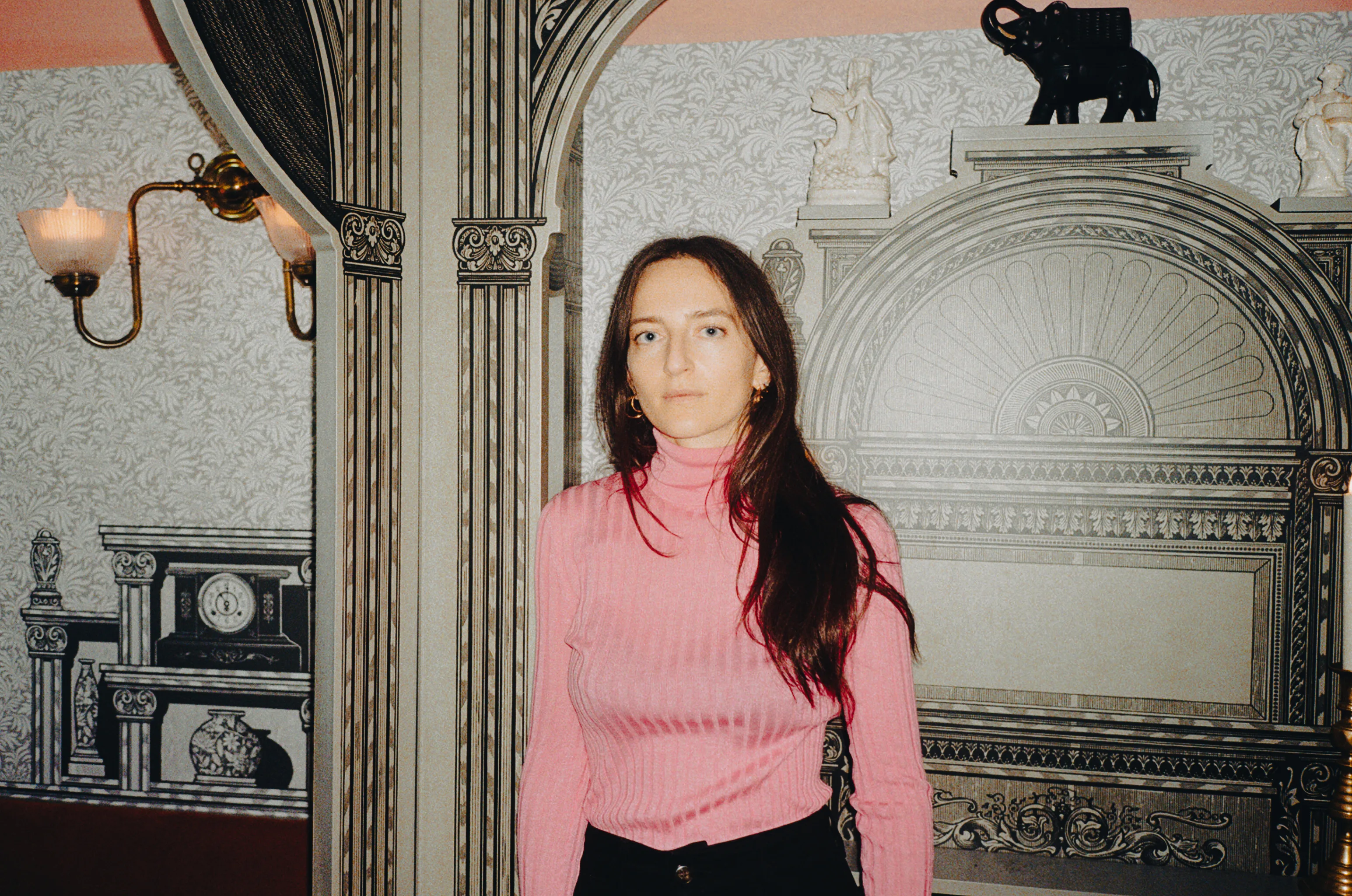
Erlanger describes her work as a “perverse excavation” of the ordinary, weaving a narrative that draws us back into the nostalgia of the past while probing the darker undercurrents of our climate-controlled lives. The fans hover, whirring incessantly without disturbing the stagnant air, like a creature lying in wait for its moment. Through Fan Fiction, Erlanger explores the concept of closed, artificial environments, with the gallery’s white-cube space echoing the feel of an empty office block with flickering electricity. “Isn’t it funny how we trust our appliances to keep us comfortable, and yet the most unassuming objects can hold the darkest secrets?” she muses, like an audio trailer for The Stepford Wives.
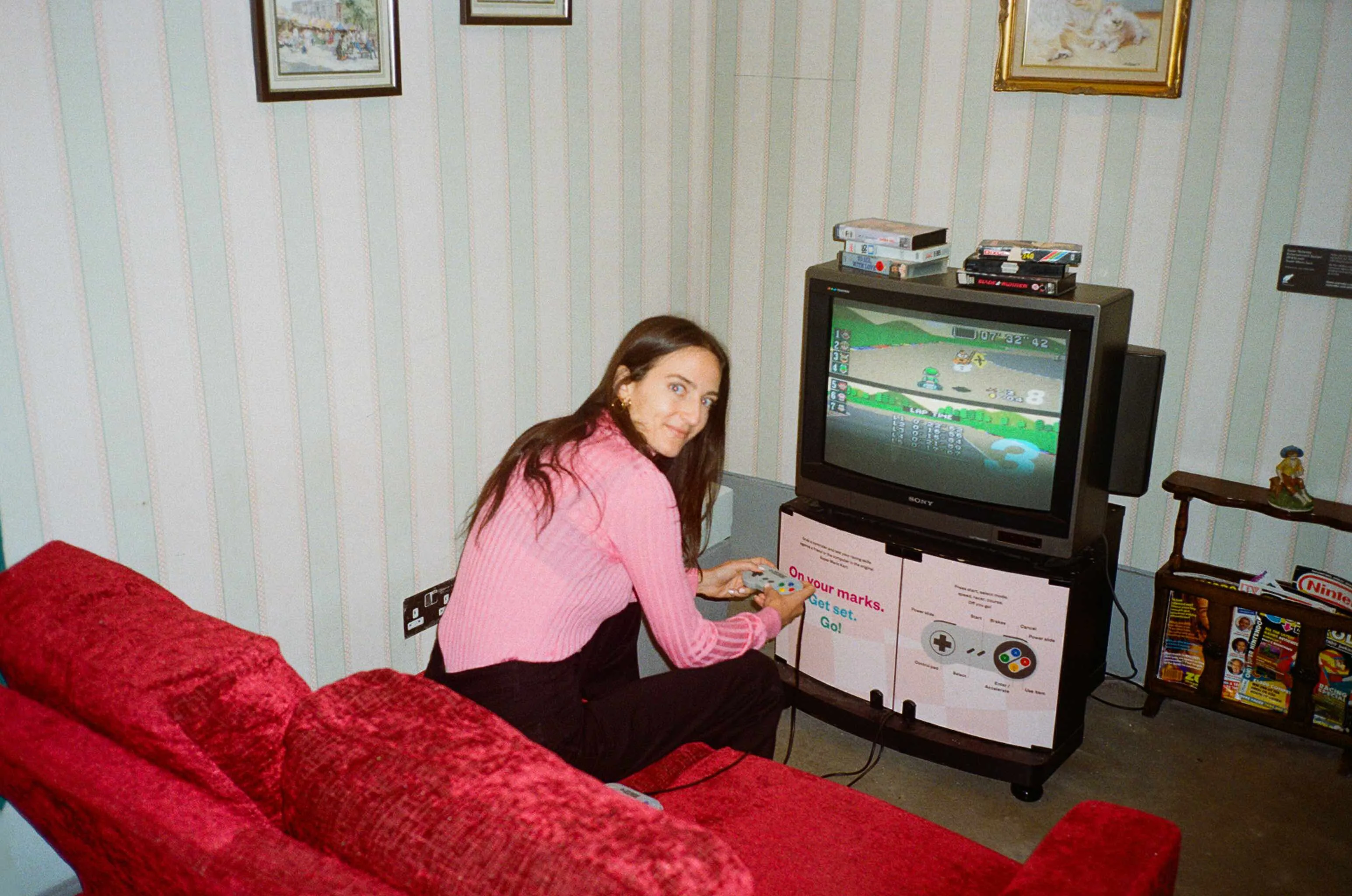
The butterfly wings are a playful prod at Batesian mimicry, where harmless species evolve to imitate dangerous ones as a survival tactic. “Isn’t it interesting how we, too, adopt certain personas to navigate our environments? In suburbia, it’s all about fitting in, isn’t it?” Erlanger’s electronic Frankensteins neither integrate nor alienate from their surroundings; they exist in an uneasy hinterland that points to the awkwardness of trying to fit in and curate a persona and identity to adapt. It’s one thing to present yourself to the world, but what happens behind closed doors, in these unobserved domestic spaces, is the most telling. “Someone’s shower is the most revealing thing about them… and you shouldn’t trust someone with a line-up of perfect products,” like those tactically placed Aesop bottles. Each object, every arrangement, becomes a narrative of who we are and how we wish to be perceived, echoing the notions of self-preservation and careful curation that govern our lives.
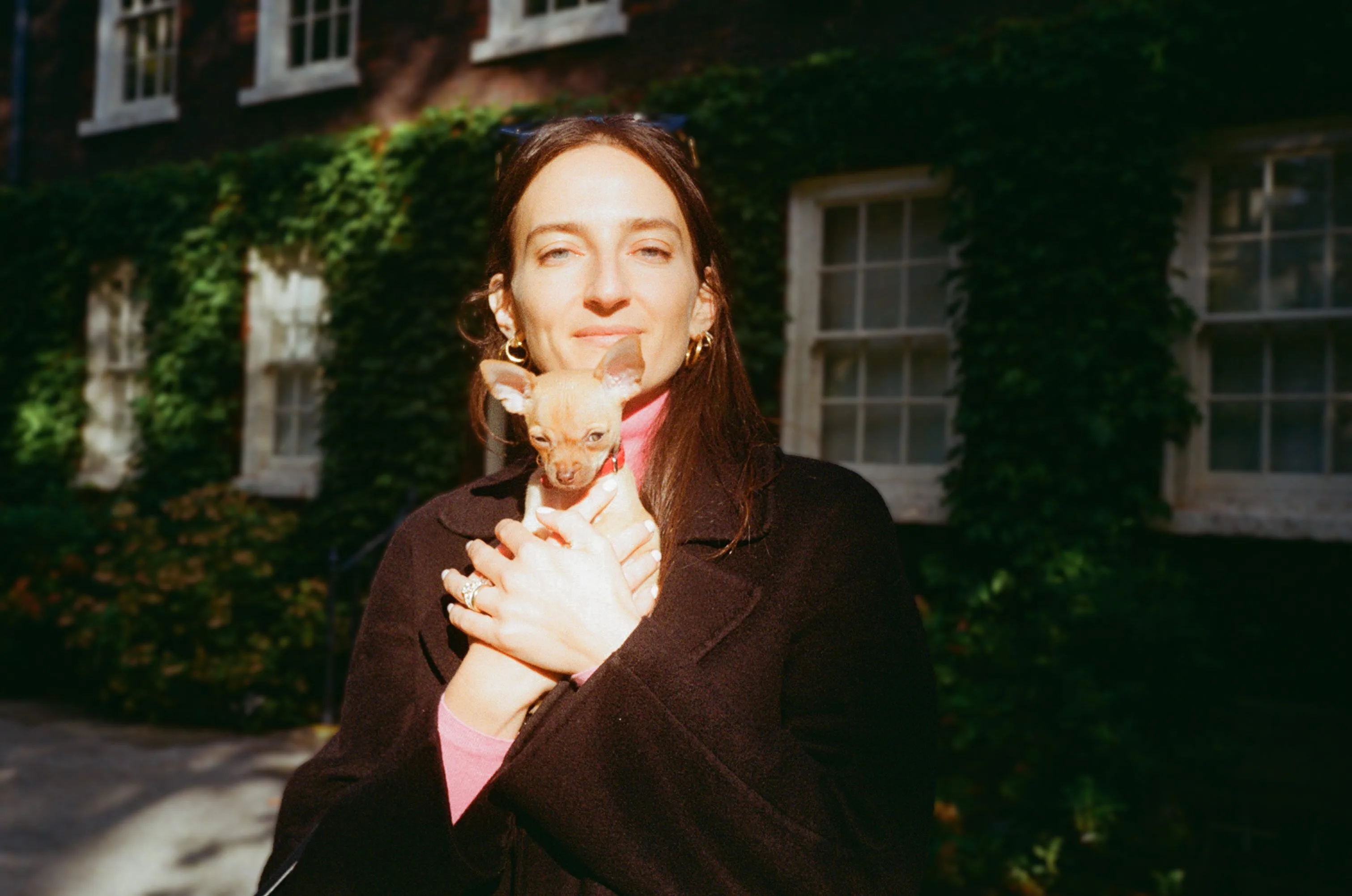
Leaving the gallery, the next stop on our grand tour is the Museum of the Home, where the absurdity of domestic life continues to play out in questionably rendered technicolor wall displays. Here, the history of the vacuum cleaner comes to life in curated displays of Victorian parlors and mid-century kitchens, revealing how these spaces have evolved across years and continents while remaining steeped in the eerie, quaint horrors of suburbia. As we make our way through the bizarre homages to mundanity, Olivia muses, “Every object in our homes has a story, but what happens when those stories turn sinister?” Continuing in this train of thought, she moves onto the idea of demonic dolls and Todd Haynes’ Safe, in which Julianne Moore’s carpeted floor and muted interiors become more sinister as she falls further inward into straightjacket territory. In this retreat, the sterile environments of home and suburbia transform into breeding grounds for an undefined, lurking menace, suggesting an alien otherness born out of these man-made worlds. These ideas are woven through her film Appliances, on show alongside Fan Fiction. In the film, strange goings-on befall our heroine as sockets fizz and wires crackle, with the quaint cottage morphing into something much spookier as portals appear and reality bends, anthropomorphizing appliances into characters within a narrative that questions our trust in the very things designed to serve us. At the museum, she uncovers relics that are straight out of Appliances—an old iron with a mysterious past or a porcelain doll with a particularly haunted expression. “Look at her,” Olivia points out, “she’s seen things for sure.” In a particularly visually jarring room, Erlanger stands before a display of 1970s kitchen gadgets, an array of bright plastic objects that seem both charming and sinister. “These were meant to make life easier, but now we’re trapped in our own convenience.” After all, we are all slaves to the Vitamix, Thermomix, and any other -mix we can think of.
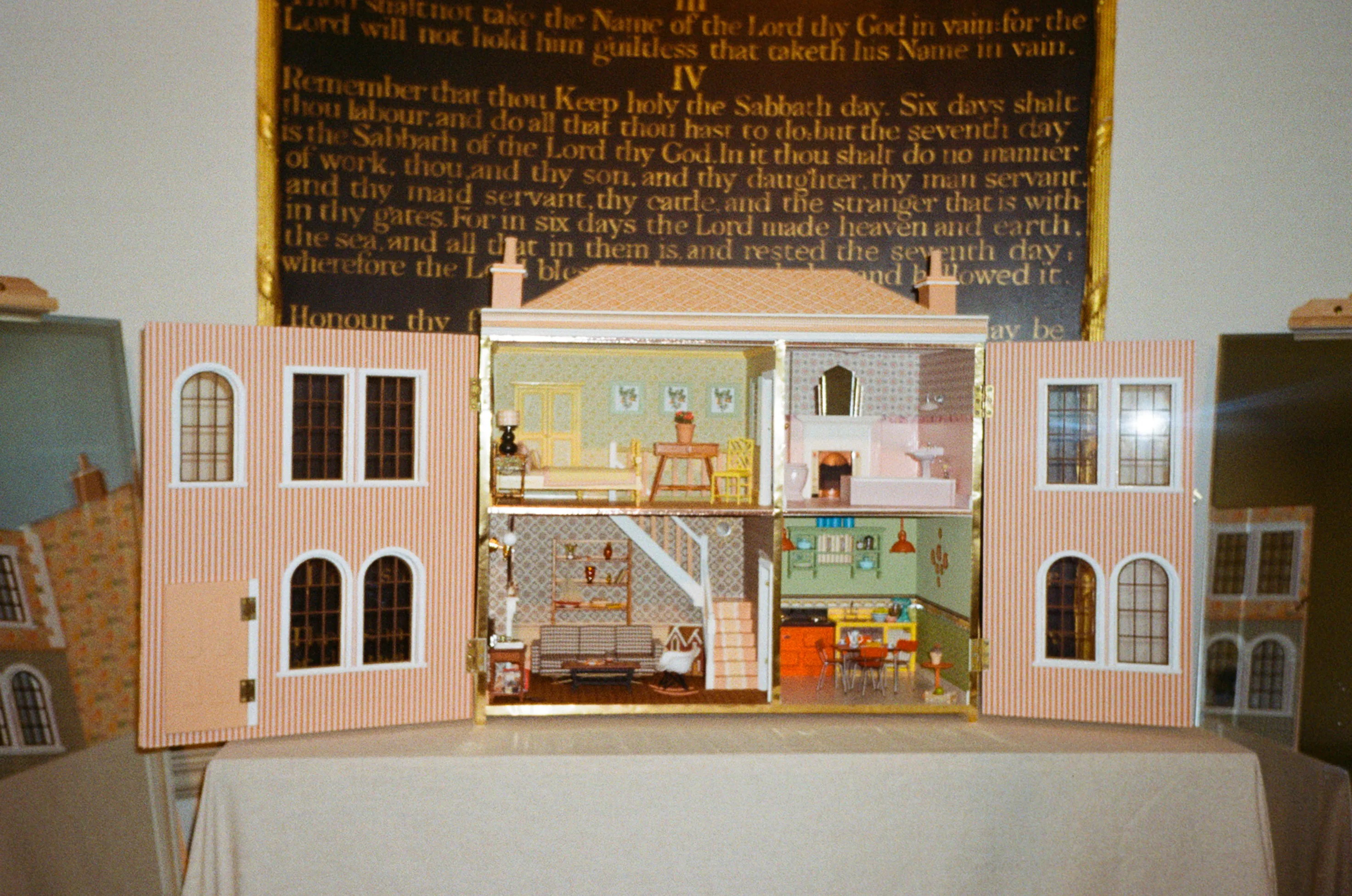
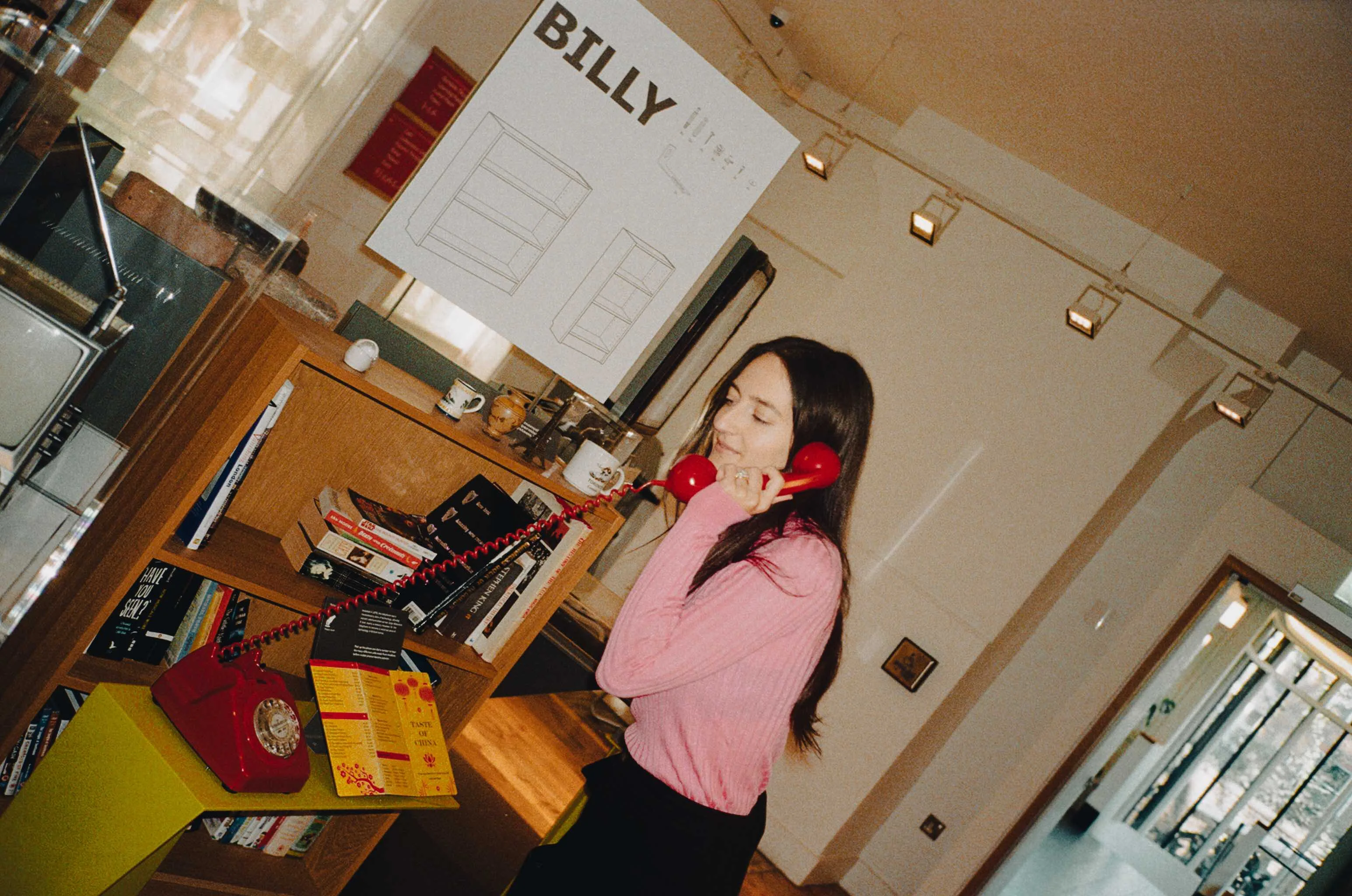
Departing the spooky hallows of the Home, the day takes a pastoral turn at Hackney City Farm, where the displaced frenzy of farmyard animals offers a stark contrast to the sterile confines of suburbia.
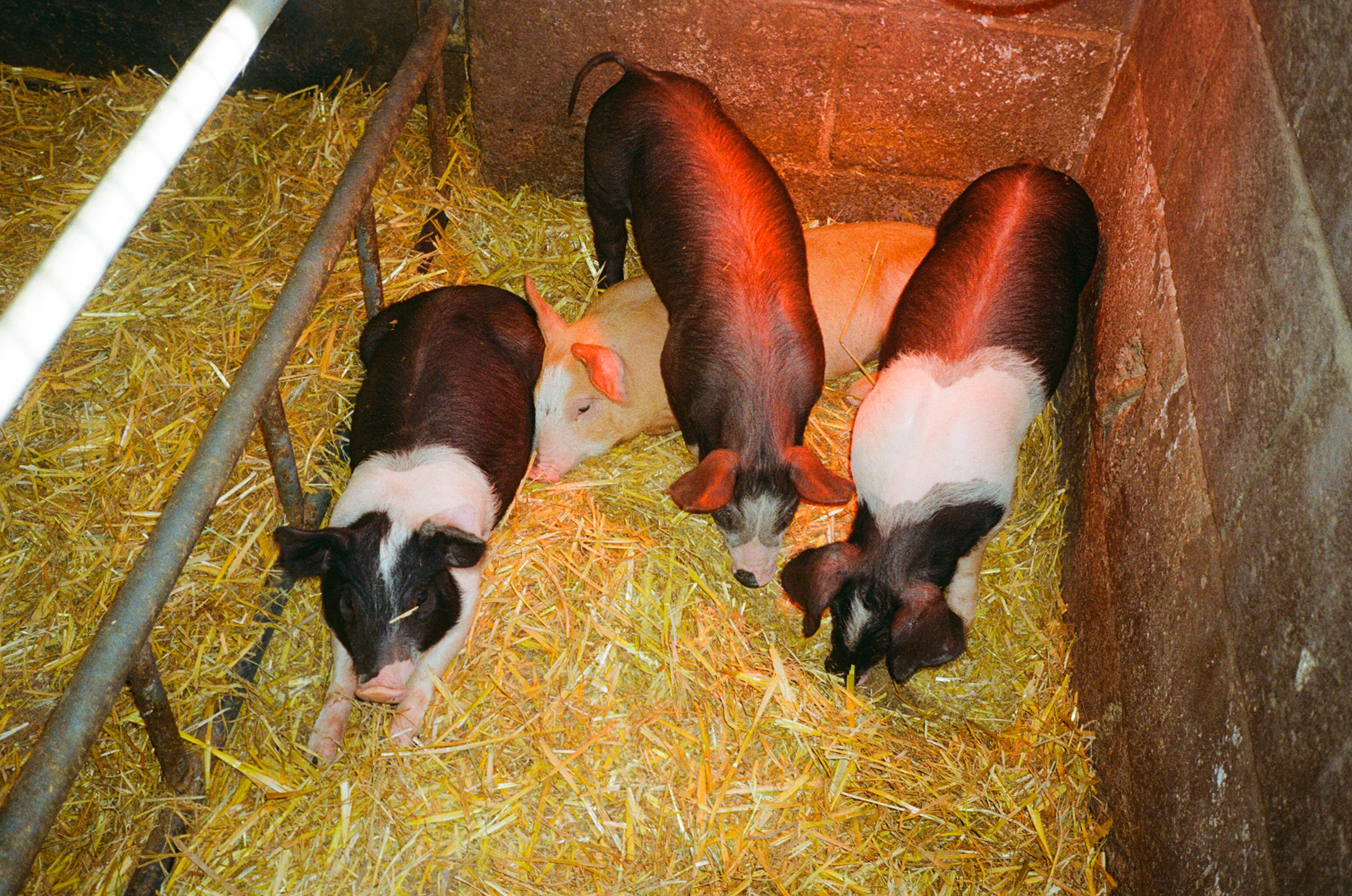
As Olivia watches the goats frolic and the chickens peck around, she reflects on the curious blend of nature and domesticity. “Who would’ve thought a goat could capture the essence of suburbia?” Surrounded by pens of piglets, the conversation naturally turns to Sylvanian Families as Olivia reminisces about her childhood fascination with the tiny woodland creatures and their miniature worlds, alongside her love of Absolut Vodka ads and Polly Pockets—tiny, self-contained worlds within plastic cases that symbolize the perfect American dream home life. “There’s something about those miniature environments,” she muses, “that echoes the way we curate our own spaces, even if they’re just façades.” In a similar vein, the talk turns to dioramas and world-building, and how the impulse to create “small, controllable, and predictable” environments allows us to reclaim agency over our chaotic realities. As we wind down our day, Olivia’s thoughts turn to the balance between the curated and the chaotic, the picturesque and the mundane. “In the end, the chaos of real life seeps into even the most meticulously designed spaces,” she notes. As the sun sets and the day winds down, and we move to the bar to put the world to rights. “The beauty of suburbia lies in its contradictions. We crave comfort, yet it can smother us.” Through her lens, the ordinary becomes extraordinary, reminding us that in Olivia Erlanger’s world, even a ceiling fan or a toaster has a story to tell.

Words by Olivia Allen





